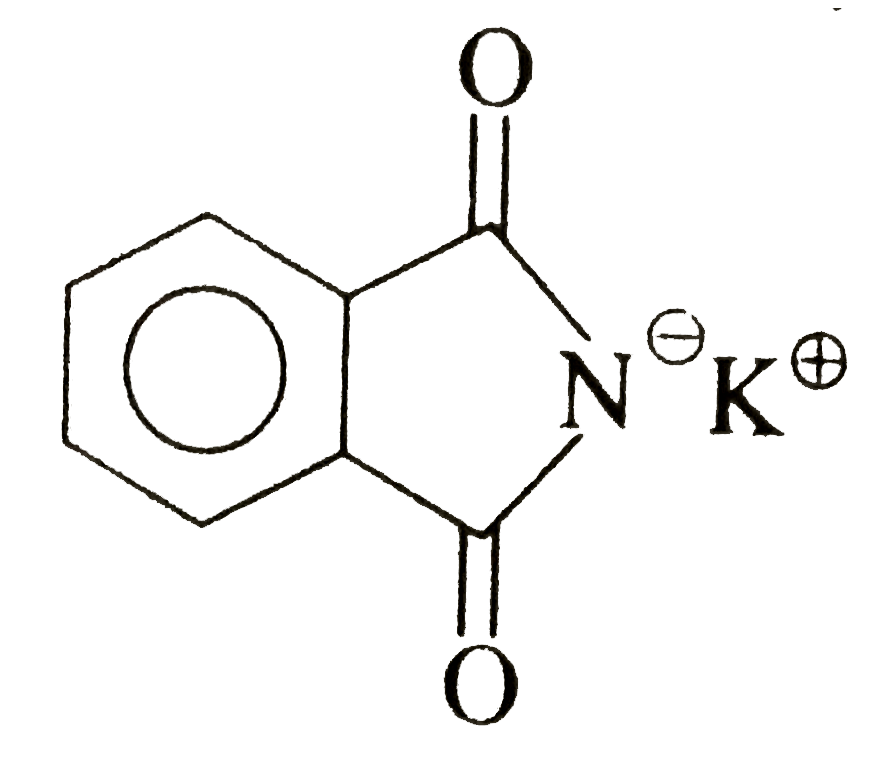PCl5+H2O→A+HCL
A+H2O→B+HCL
find no of ionisable hydrogen in B
To solve the problem step by step, we will analyze the given reactions and determine the number of ionizable hydrogen atoms in the final product B.
Step 1: Identify the first reaction
The first reaction is given as:
PCl5+H2O→A+HCl
When phosphorus pentachloride (PCl5) reacts with water (H2O), it forms phosphorus oxychloride (POCl3) and hydrochloric acid (HCl). The balanced reaction is:
PCl5+4H2O→POCl3+2HCl
Step 2: Identify the second reaction
The second reaction is:
A+H2O→B+HCl
Here, A is POCl3. When POCl3 reacts with water, it forms phosphoric acid (H3PO4) and hydrochloric acid (HCl). The balanced reaction is:
POCl3+3H2O→H3PO4+3HCl
Step 3: Determine the product B
From the second reaction, we can conclude that product B is:
B=H3PO4
Step 4: Analyze the structure of H3PO4
The structure of phosphoric acid (H3PO4) consists of one phosphorus atom bonded to four oxygen atoms, where one oxygen is double-bonded (P=O) and three oxygens are single-bonded (P-OH). The chemical structure can be represented as:
- One P=O bond
- Three P-OH bonds
Step 5: Count the ionizable hydrogen atoms
The ionizable hydrogen atoms in H3PO4 are the ones attached to the hydroxyl (OH) groups. Since there are three OH groups in H3PO4, there are a total of three ionizable hydrogen atoms.
Conclusion
Thus, the number of ionizable hydrogen atoms in B (H3PO4) is:
Number of ionizable hydrogen in B=3
The first reaction is given as:
PCl5+H2O→A+HCl
PCl5+4H2O→POCl3+2HCl
The second reaction is:
A+H2O→B+HCl
POCl3+3H2O→H3PO4+3HCl
From the second reaction, we can conclude that product B is:
B=H3PO4
The structure of phosphoric acid (H3PO4) consists of one phosphorus atom bonded to four oxygen atoms, where one oxygen is double-bonded (P=O) and three oxygens are single-bonded (P-OH). The chemical structure can be represented as:
- One P=O bond
- Three P-OH bonds
The ionizable hydrogen atoms in H3PO4 are the ones attached to the hydroxyl (OH) groups. Since there are three OH groups in H3PO4, there are a total of three ionizable hydrogen atoms.
Thus, the number of ionizable hydrogen atoms in B (H3PO4) is:
Number of ionizable hydrogen in B=3
Topper's Solved these Questions
Similar Questions
Knowledge Check
2S(fused)+Cl2→A
A+H2O→HCl+B+C
A, B and C in the above equations are:AS2Cl2,SO2,SBSCl2,SO2,SO3CS2Cl2,SO3,SO2−4DS2Cl2,SO2,H2SO4PCl3+H2O→B+HCl where B is product of complete hydrolysis.
The basicity of compound B will be :A1B3C2DNone of these.A+H2O→B+HCl
B+H2O→C+HCl
Compound (A), (B) and (C) will be respectively:APCl5,POCl3,H3PO3BPCl5,POCl3,H3PO4CSOCl2,POCl3,H3PO3DPCl3,POCl3,H3PO4
S+2Cl2+XH2O−−→Y+HCl
Y→Z+H2O. Oxidation state of S in 'Z' is
View Solution(a) H2O2+O3→H2O+2O2
(b) H2O2+Ag2O→2Ag+H2O+O2
Role of hydrogen peroxide in the above reactions is respectively
View SolutionConsider the following sequence of reaction,
 1.BrCH2(COOEt)2−−−−−−−−−−−−→2.C2H5OΘNa⊕A1.Ph−CH2−Br−−−−−−−−−−→2.HCl,H2O,ΔB
1.BrCH2(COOEt)2−−−−−−−−−−−−→2.C2H5OΘNa⊕A1.Ph−CH2−Br−−−−−−−−−−→2.HCl,H2O,ΔB
The major final product (B) is :
View SolutionC6H5CHONH2OH−−−−→ A H2O−−→ B
What is not true for the compound B –
View Solution(a) H2O2+O3→H2O+2O2
(b) H2O2+Ag2O→2Ag+H2O+O2
Role of hydrogen peroxide in the above reactions is respectively
View Solution
